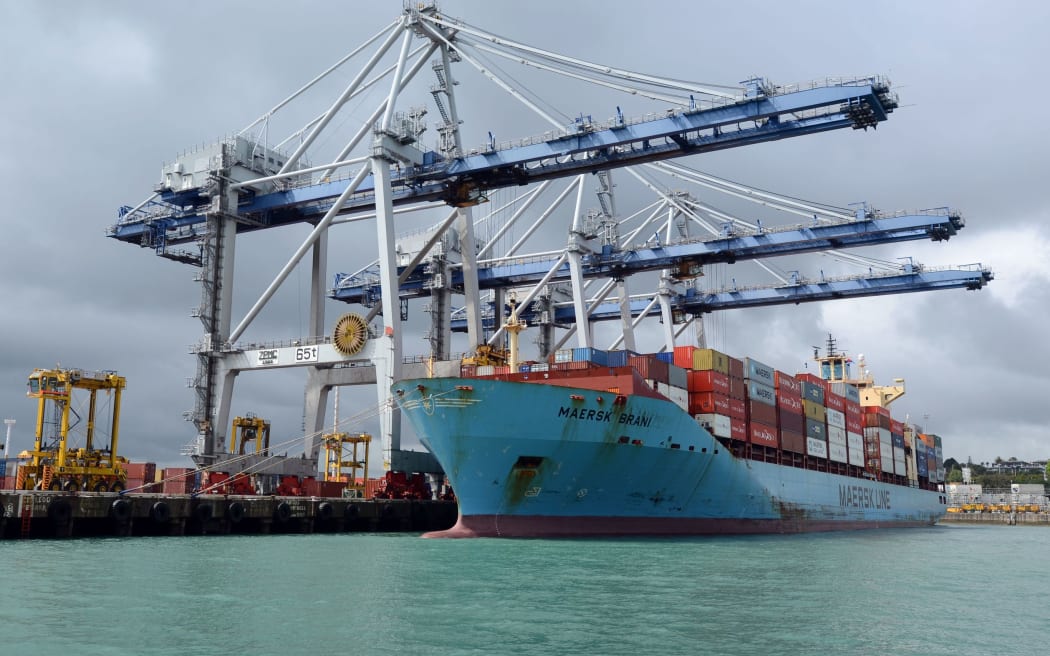The number of exporters has fallen by more than a tenth over the last five years.

Photo: 123rf.com
Official figures show numbers have steadily declined from 13,305 in 2012 to 11,898 at the end of 2106, a decrease of 11 percent.
"Exporting is a very complicated task to undertake," said Skope Industries managing director Guy Stewart.
"It's expensive, it's got a lot of risk and when you get to wherever you're trying to go, there's an awful lot of competition."
There are signs an uncertain global environment has been too hard for some.
Most of the export firms which had disappeared - about 90 percent - were exporting less than $500,000 worth of goods a year.
"We know that these firms tend to duck in and out of markets as opportunities present themselves," said New Zealand Institute of Economic Research deputy chief executive John Ballingall.
"And what the data is telling us is that given current market conditions they are tending to not go into those markets."
Consolidation among firms also played a part, said Employers and Manufacturers Association chief executive Kim Campbell.
He said fewer exporters were a good thing for a small and isolated country like New Zealand.
"Unless you've got reasonable scale and an ability to communicate and really target your marketing, you're just not going to make any progress at all.
"And that's particularly so in larger markets like China."
Firms fail too, Mr Campbell said.
"Remember, 10 percent of all businesses disappear every year for one reason or another."
The government is not alarmed about the drop in exporters, pointing out the value of export goods and services grew 13 percent to $70.1 billion between 2012 and 2016.
"We're diversified quite a lot over the last few years as an economy," Economic Development Minister Simon Bridges said.
"Now it's not just a case of dairy, horticulture and forestry. You've got tourism, international education, commercial services, ICT growing very strongly."
Mr Bridges said larger firms were also expanding.
Yet New Zealand's exports as a share of the value of the economy is low compared to other similar sized countries.
The Treasury forecasts it will remain flat at around 29 percent of GDP over the next four years.
The Institute of Economic Research's John Ballingall said a less restrictive foreign investment regime and lower tax rates would help exporters succeed.
"Those are both areas where there is room to move."
"The New Zealand economy is in good shape, our fiscal position is strong and sound. So, there are opportunities for the government, perhaps in this (2017) budget," Mr Ballingall said.
The New Zealand Manufacturers and Exporters Association (NZMEA) has a different take.
NZMEA chief executive Dieter Adam said the government should introduce research and development tax credits and accelerated depreciation allowances.
"In order to remain globally competitive they need to have the tools that their competitors are working with. And that is still a real issue for a lot of (New Zealand) manufacturers," Mr Adam said.
Mr Stewart said manufacturing was a high-wage, high-value industry that had been neglected in the country's export story.
"Manufacturing is a very large hidden sector. We don't typically get air time. We (New Zealand) get very excited about the dairy industry."






